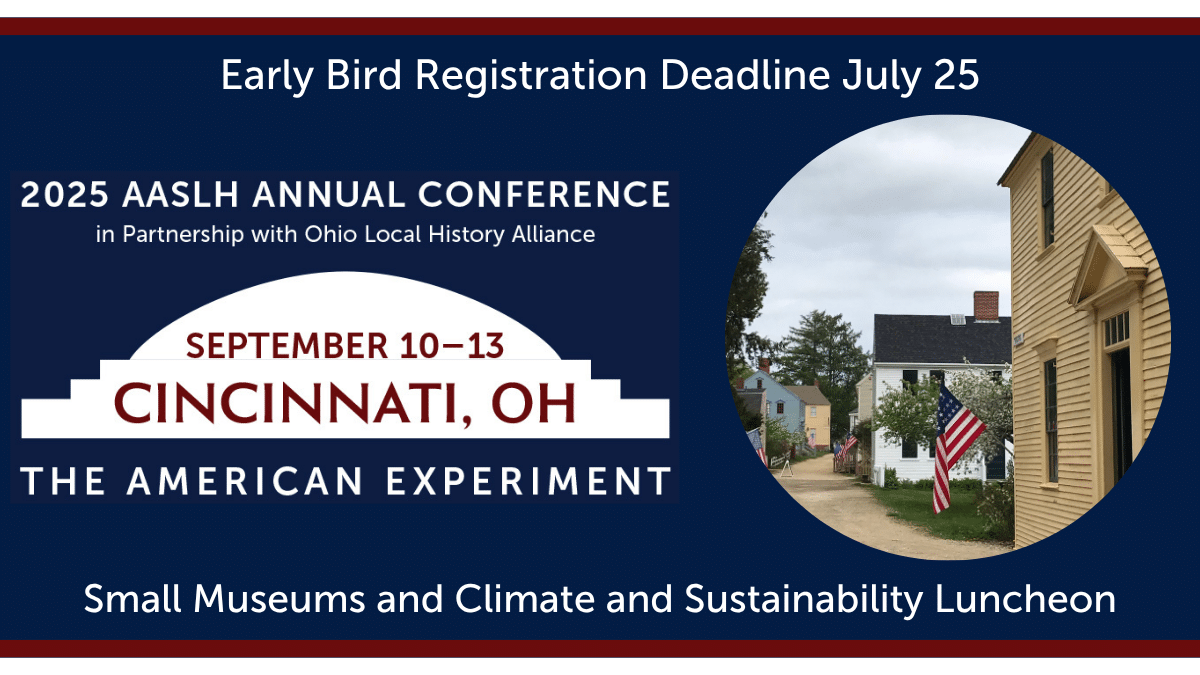
Museum workers often feel they must preserve the past at all costs. We may have noble intentions, but we also face a stark reality: that some donated items are either too costly to maintain, or they don’t mesh with our mission.
What can you do? Even if you have a strong collections policy, you still feel stuck. Turning down a gift could upset the donor. You could accept it, but then your museum has to care for something that takes up storage space and drains precious resources….and there’s a strong possibility that you’ll never even display it.
There are ways to ease your professional conscience! One way is to help donors find a suitable home for their items. We’ve often aided folks in this manner. It creates a win-win-win situation for everyone. Donors are happy that their artifacts have found an appropriate home, the receiving institution grows its collection, and you’ve helped save the past.
Another solution is to look at the bigger picture and coordinate collecting efforts with neighboring museums. Sure, it’s important to collect everything in our respective areas, but do two history museums in the same town really need to own identical collections of school yearbooks? Wouldn’t it be better for one museum to hold them and let the other focus on a different aspect of the town’s history?
When facing reduced resources and limited facilities, such discussions can keep you from re-inventing the wheel or duplicating efforts, while ensuring the preservation of more materials.
It’s tough making these types of decisions, but everyone benefits in the long run. By exploring simpler and smarter ways to work together, we can re-channel those noble intentions without letting them undermine our efforts.



